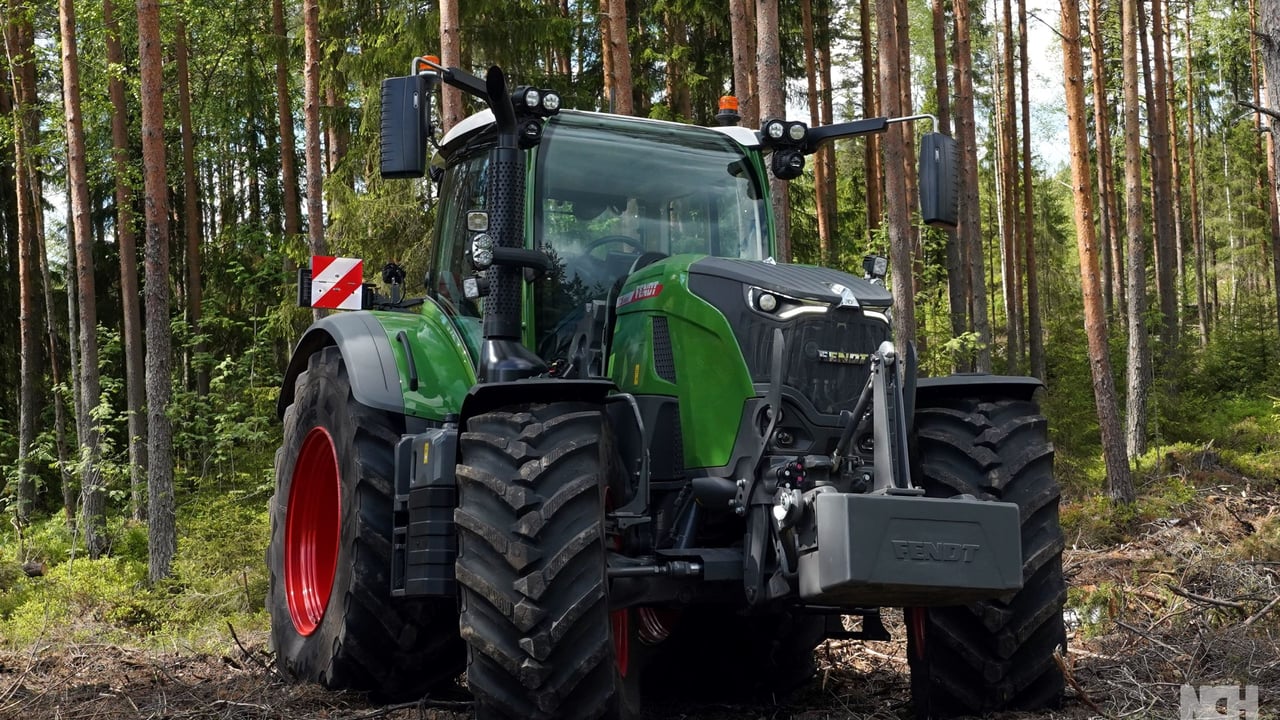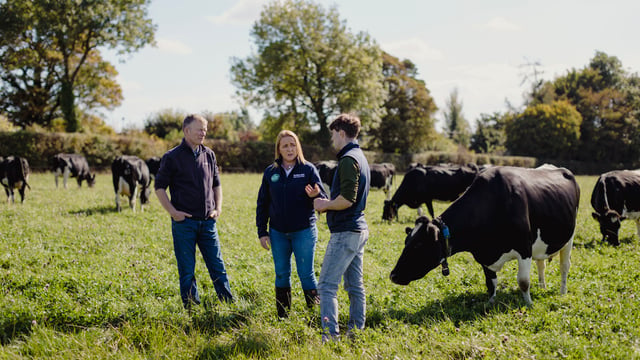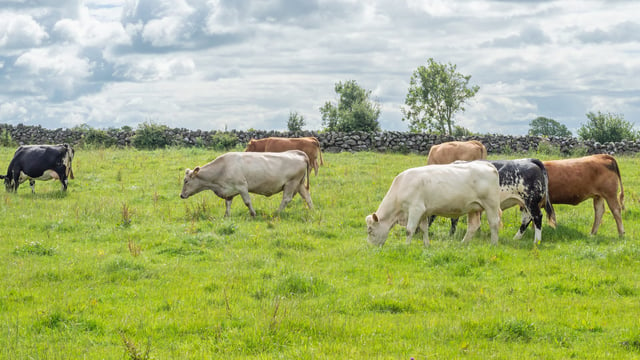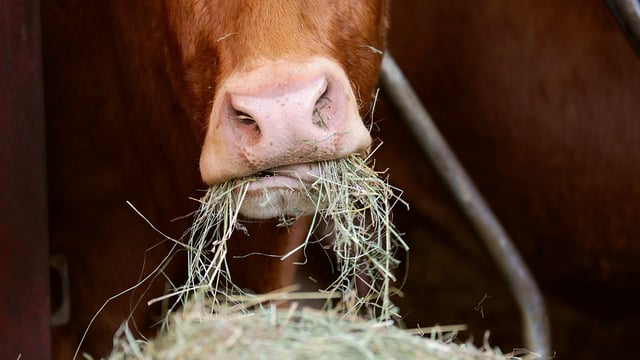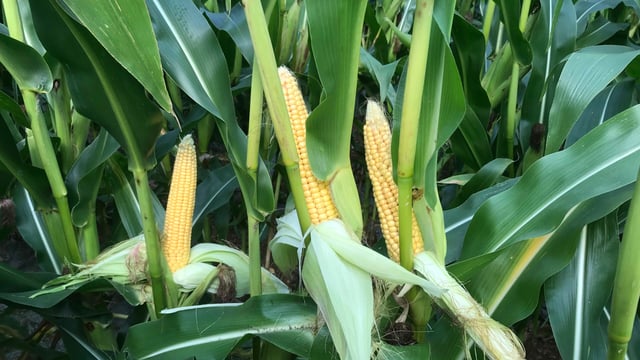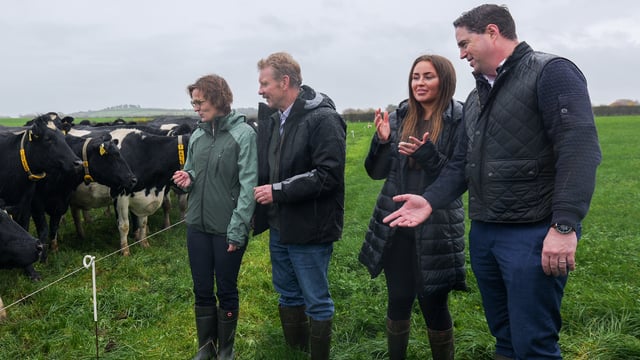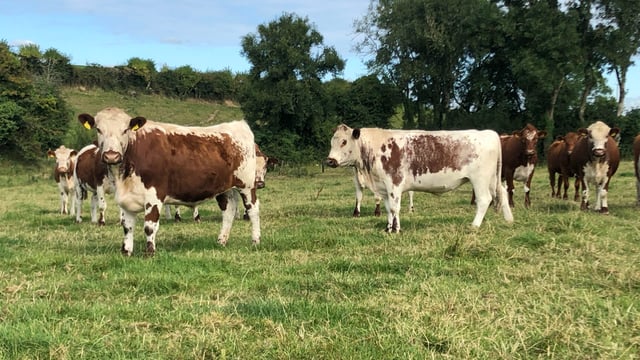Fendt trumpets digital tech at dealership training day
The avalanche of digital technology that has hit the farm machinery trade may offer great efficiencies and cost savings to farming operations, but has left many rather bamboozled by what is now possible and how the various systems may be implemented.
Fendt is one company that has come to realise this, and is setting out to ease the confusion by bringing its product specialists out to the field to talk to present and potential customers of the benefits that can be unlocked through the technology that comes with the tractors.
The company recognises the distinct division that has arisen over the last couple of years between on-board and off-board systems; the former appearing to have gained greater appreciation and acceptance than the latter.
Working with the tractor
The on-board systems are those that concern the functions of the tractor and, more lately, that of the implement being used.
Satallite positioning is the key that has unlocked what many consider to be a Pandora's box of capabilities, bringing tractor automation, and eventually autonomy, to everyday farming.
However, there is a sense that full autonomy is not going to be the walkover that was was optimistically forecast some years ago.
Knowing the precise location of the tractor, its speed and direction has enabled tractor manufacturers, including Fendt, to develop not just auto steering but headland management.
This means operators can now turn the tractor at the headlands without the need for spinning the wheel endlessly back and forth.
Couple this to the ability to choose which wayline to follow and the now rapid expansion of TIM (Tractor Implement Management) capabilities, and machinery operation enters a new realm of automation that, Fendt claim, will save costs as well as workload on the driver.
Dealership awareness day
It is in explaining how this can be applied to everyday tractor operation that is now being addressed by the company, who brought along product specialist Peter Hewitts to a demo day at Atkins of Cork.
It was a well-attended event, with over 40 farmers and operators turning up to hear how the systems worked and what was in store for the future.
This uptick in interest suggests digital technology is now coming of age and is being taken seriously by a greater number of farmers.
Whilst onboard technology is gaining a strong following, there is the feeling that the off-board side has not gained the traction that was anticipated just a few years ago.
Computing specialists may well have developed some clever ideas for machine management, yet there remains the question as to how, or even if, the mountain of data produced by machines working in the field can be processed effectively by the customer.
Naturally, all the manufacturers say that it can, and demonstrate what they see as the utility and siimplicity of their particular management packages.
However, by doing so, managing farming operations becomes much more a desk-bound job, and while software engineers may feel that this is the natural order of things to come, farmers themselves will be hard to convince.

